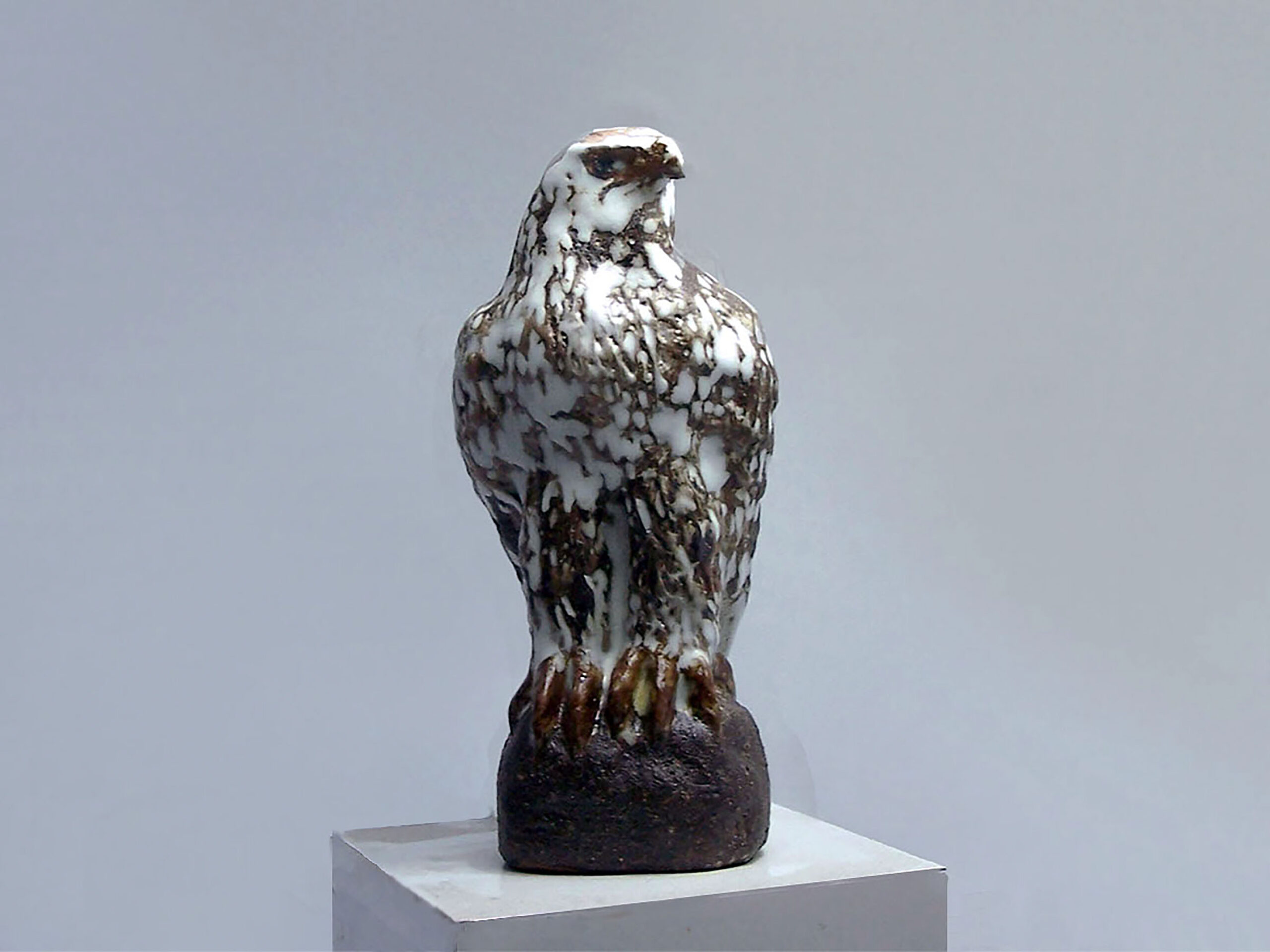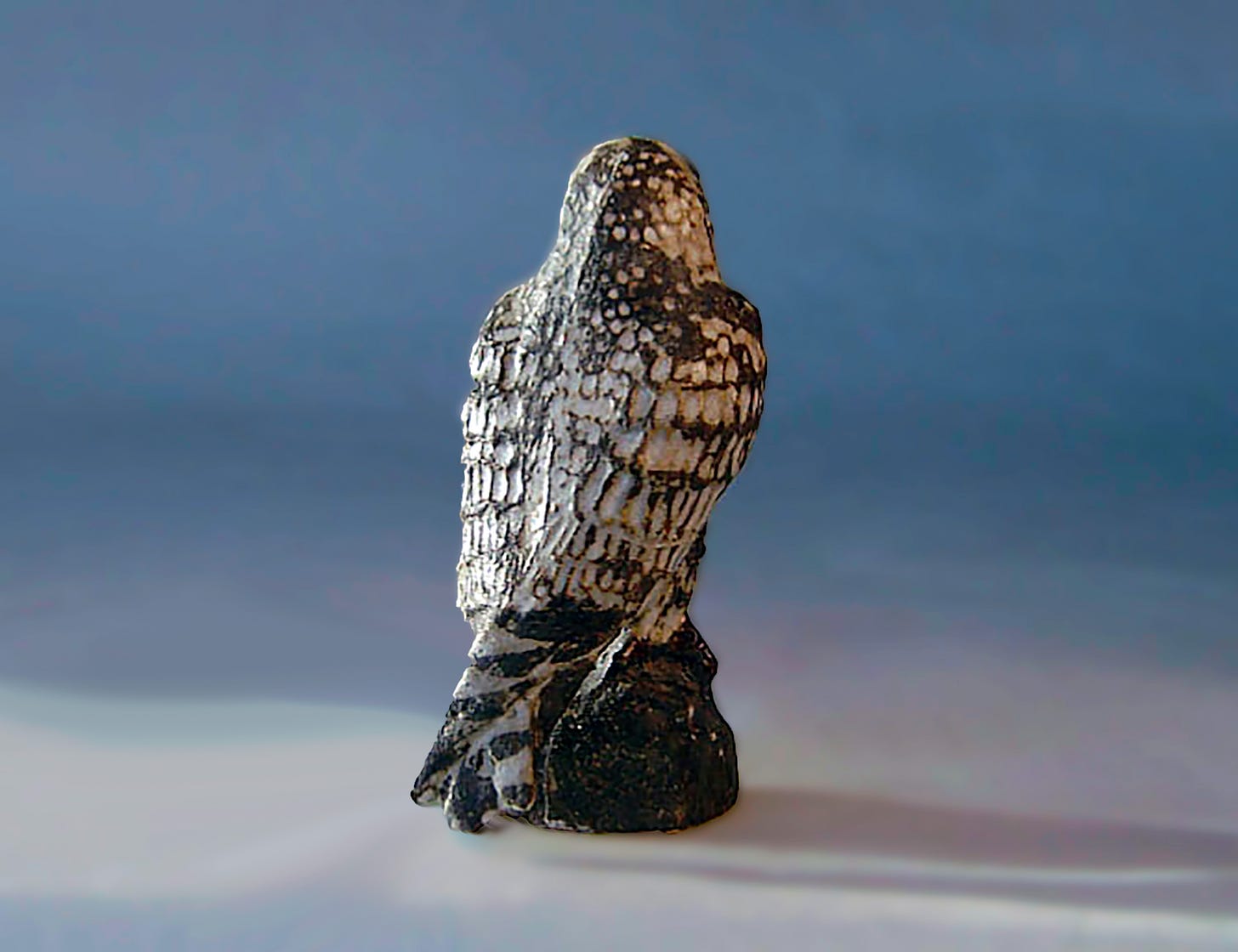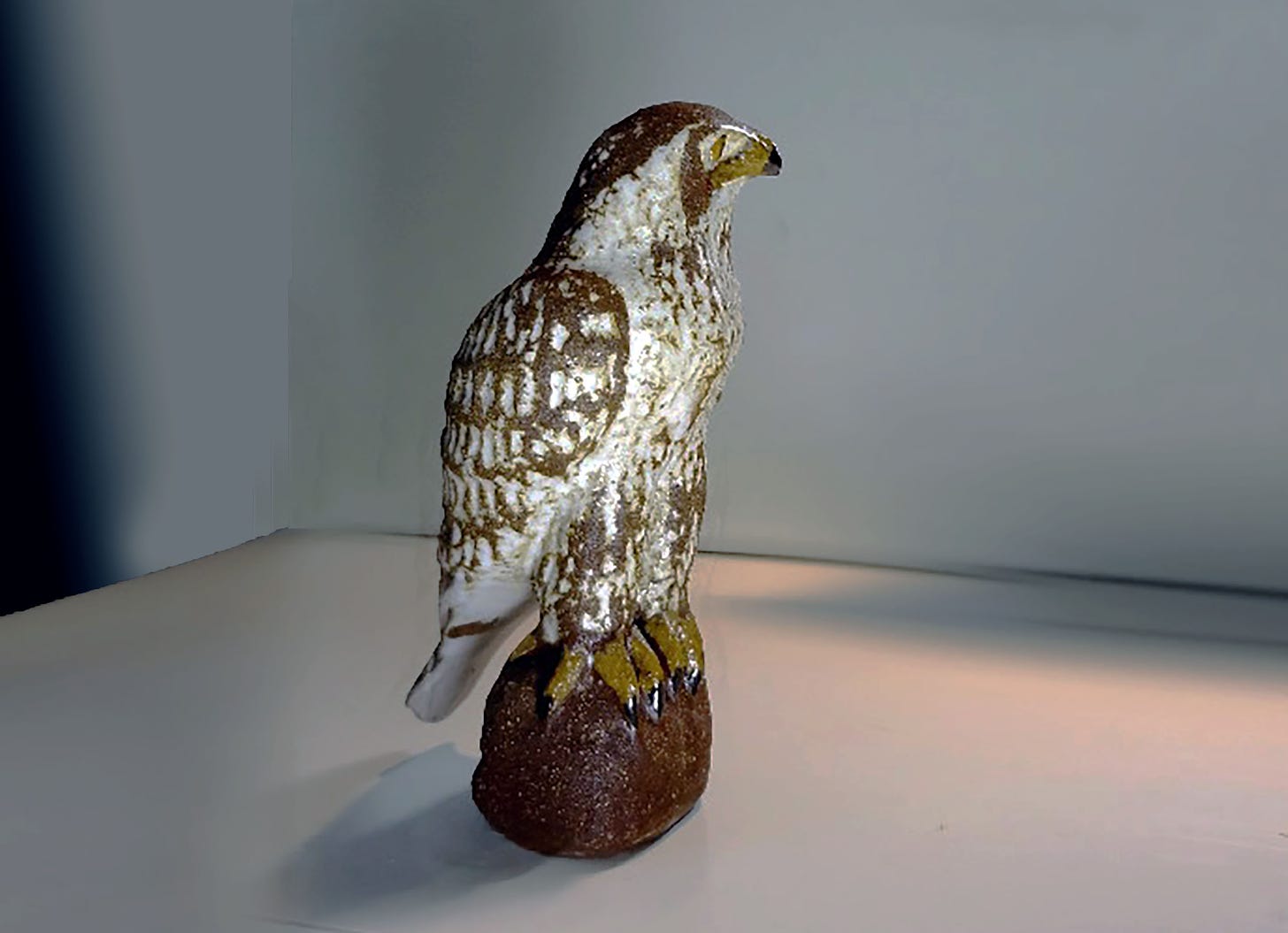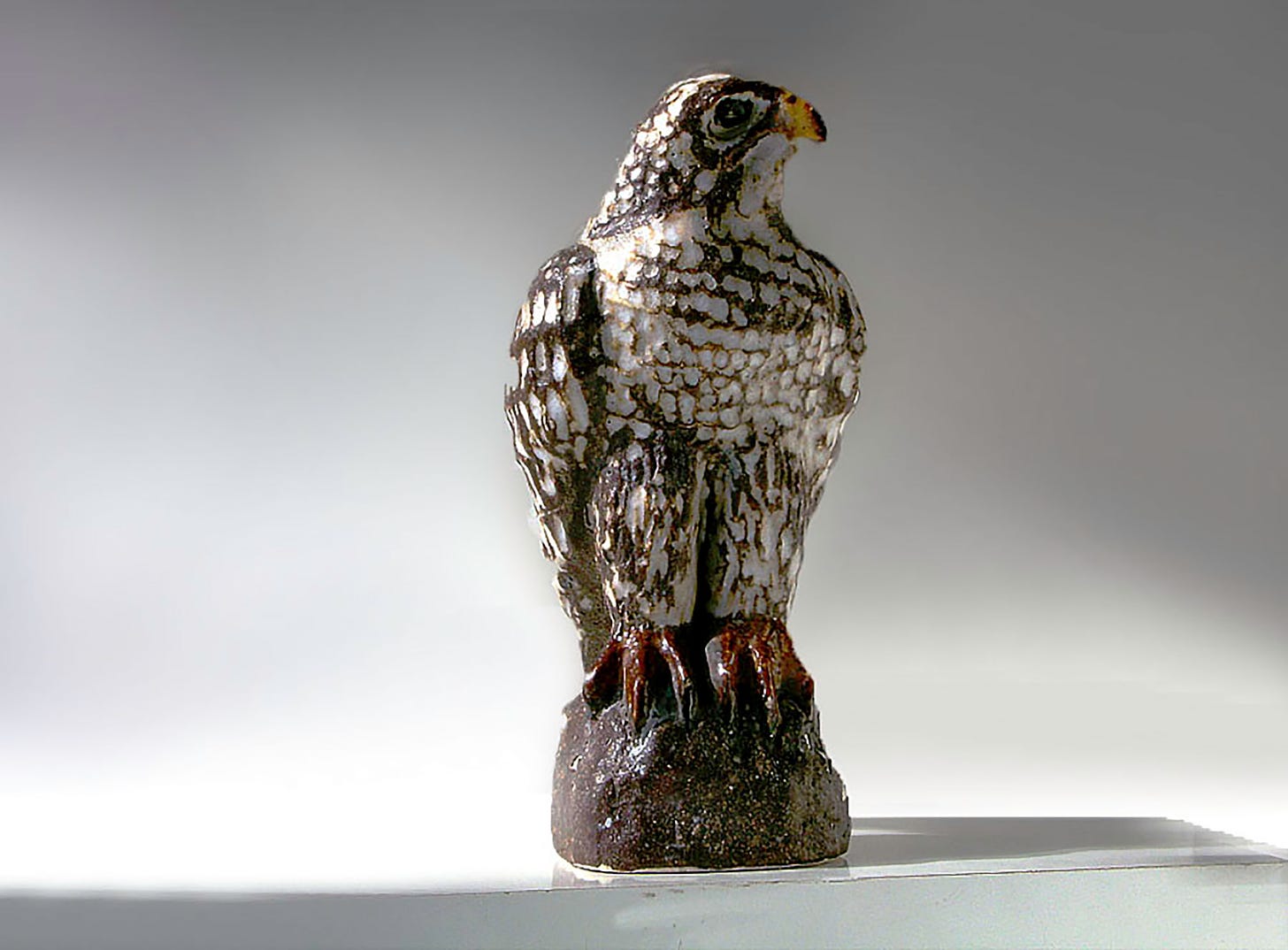The outgrowth of a lifelong commitment to living a creative work-centered life.
Makers have often been at the forefront of revolutions and movements.
Ever since the Soviet Revolution, Russia has been known for shoddy craftsmanship so it’s no surprise its war equipment is not performing up to par as the convoy breaks down in progress, said to be suffering from a malaise of broken down tires.
I have been aware of the soviet reputation for shoddiness in manufacturing for many years but I don’t want to speak just off the top of my head so I googled it. The first article I clicked on is on Jstor and is dated 1955. It promises to be a very interesting article but as an individual author and researcher not publishing under the rubric of a non-profit corporation or academic institution, Jstor requires that I get special permission from the publisher to read, download and cite the work, but does not offer direct contact information. I submitted my request through the general email contact hoping it finds its way to the correct recipient.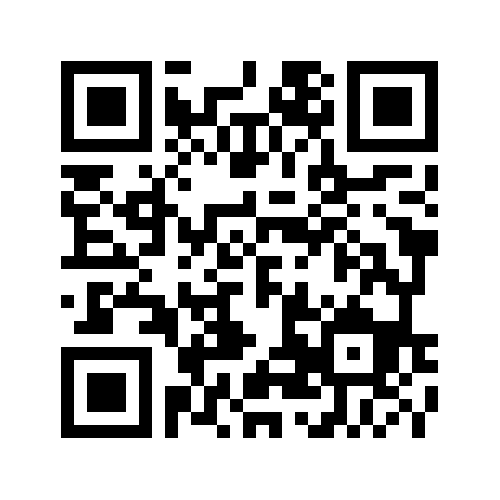
My ORCID researcher’s ID comes in handy in cases like this especially since it documents that I occasionally work with the prestigious Humanity and Social Sciences Communications. The article that I am requesting permission to download and read is The Soviets Go The Way of All Ryzhik. Ryshik is a mushroom and was formerly a delicacy before the Soviet Union took over production and “humiliated” it, as described in the first paragraphs of the article. The language is interesting as the fate of the mushroom emulates the fate of many engulfed in a corporate hierarchical system.
According to the contemporary non-profit corporate overlords of wealth concentration and redistribution in the arts, anyone using the word “production” is in it only for the money, displaying an exponential ignorance of the language, production, economics, and artistic process, all at once!
Accordingly, we are now supposed to change our language terms to reflect the new meanings declared by the Newspeak of Fractured Atlas and their ilk. As obedient denizens of a world restricted, compressed, controlled, and delimited by Fractured Atlas and the rest of the wealth concentration and redistribution industry, I would subsequently say that before soviet control, the mushrooms were prepared and bottled by a making process but after soviet-control, they were prepared and bottled in a production process, which per Fractured Atlas’s definition, the producers only cared about the money and thus quality went downhill. All they would have needed to do to bring back the delicacy of the mushrooms would be to start calling the production process, a making process, and Voila! Problem solved, says the regime.
I know the board of said organization would like to gaslight me into forgetting my own history growing up in a ceramic production business in a home, which didn’t include planning the next leap into high flying finance as Fractured Atlas was trying to do by establishing its own venture capitalist company Exponential Creativity Fund as I was applying for Andersen Design to Fractured Atlas to qualify as a simple social enterprise, which would enable access to non-profit funding, which I would have to make happen and FA would collect a fee.
The board of Fractured Atlas rejected Andersen Design as a social enterprise because I used the word, “production”, the same word that CEO Adam Huttler was using in his promotion of the budding venture capitalist fund.
The Exponential Creativity Fund is envisioned as a small ($10–20 million) venture capital fund that makes early investments in entrepreneurs who are using exponential technologies to empower or enhance human creativity.
Our goals for the fund are to:
- generate returns for investors
- catalyze creativity
- democratize access to the tools of artistic financing, production, and distribution (emphasis by author)
- demonstrate that radical technological innovation is most effective when it is grounded in human-centered design
If we’re right, then we’d be well-positioned to generate strong returns — of both the mission and the financial kind. So that’s what I’ll be up to!
I’m excited about this opportunity to leap into uncharted (by us) territory, and I’m so very appreciative of the Board and staff of Fractured Atlas for making it possible.·
Don’t Call it a Sabbatical! by Adam Huttler, CEO of Fractured Atlas Feb 22, 2017
Fractured Atlas’s venture capitalist company lasted at least a year and a half. Adam Huttler’s Medium profile identifies him as CEO of Exponential Creativity Ventures but the most recent post is in October of 2018.
Afterward, Adam Huttler moved on to MonkeyPod, as described on his LinkedIn Profile:
Adam Huttler is the founder and CEO of MonkeyPod, an all-in-one software platform for nonprofit organizations that supports accounting, donor management, fundraising, collaboration, and more. A serial entrepreneur at the intersection of technology, culture, and social justice, his career emphasizes developing innovative business models and revenue strategies for mission-driven companies, in both the for-profit and non-profit sectors.
The founders of Andersen Design started the company in 1952 and never quit. The mission in 1952 was to create a handmade product affordable to the middle classes during an era when the middle class proliferated. As my Dad used to say, in the 1950s the greatest amount of wealth was distributed amongst the greatest number of people.
“We work with so many artists doing so many things that it is really inspiring to see the breadth of it,” said Huttler, who started Fractured Atlas in 1998 as a nonprofit production company. After running into serious financial problems, Huttler transformed Fractured Atlas into a nonprofit service firm in 2002. Crain’s New York Business
“Fractured Atlas created Exponential Creativity Ventures as a separate but integrated parallel track for achieving its vision of maximizing humanity’s creative potential.” (quote here)
As I usually find, when I read the online rhetoric, be it Fractured Atlas or government rural development programs, Andersen Design should qualify by the terms and philosophy of the rhetoric – but then we don’t for some nebulous rationale concocted by a world that is invested in new tech only. Given the range of institutions that have rejected Andersen Design, Andersen Design must be radical!
In example, The About Page of Exponential Creativity Fund says:
We’re an early-stage venture capital fund investing in startups that invent technology to maximize humanity’s creative potential. As society shifts from a paradigm of consumption to a paradigm of creation, Silicon Valley remains stubbornly focused on the commodification of content. By contrast, we see a historic moment for value creation in human-centered creativity platforms.
Translation Mr. Huttler is looking to invest in new technology developments that “democratize access to the tools of artistic financing, production, and distribution”. The technology that Andersen Design uses is too ancient to be of interest to the exponential movers and shakers and world-class innovators like Fractured Atlas.
But still, why does FA have to slander our brand? Just say older tech does not interest a fast-moving new-age company like Fractured Atlas. And who are we kidding? Older tech doesn’t suit Fractured Atlas because that is not where the big money is invested. The real reason Fractured Atlas depicts Andersen Design as being only in it for the money can be explained as a case of the corporate personhood psychological projection. All the rhetoric about creativity and human-centered design is lovely but insincere. To understand what is really being said, one must invert all of it. This is the strange world we live in. I wonder if FA supports painters who work with actual physical paint that comes from the earth? also an ancient technology?
The impact of the false rhetoric used to justify actions is vastly greater when Putin says that the Zelensky government is a Nazi government and uses his assertion to justify Putin’s invasion of the country, killing civilians, destroying property, causing a massive refugee exodus across Europe to save Ukraine from its Nazi government, but the character is the same. All that is required is an assertion. It does not have to be true. and no one can appeal the assertion. It is as obvious that Putin is the Nazi as it is that Fractured Altas is the one that is in it only for the money- well, also the power and the glory. That is the way of the world in 2022.
It took twice as long as stated on the website for Fractured Atlas to make the decision about Andersen Design, but not once did the board ever engage directly with the applicant. In the application, I wrote about our philosophy and history, and so, assuming that the board read the application, the board of Fractured Atlas called me a liar while throwing out everything I said except for one word extracted from context and used to make a disingenuous assertion that the word “production” means “one is only in it for the money”, whereas it would be truer to say that production “democratizes access to the tools of artistic financing, production, and distribution” because that is what production does, take for example- music. Where would music be if it were not reproduced and distributed democratically?
The words, “democratize access to the tools of artistic financing, production, and distribution” inform why a company with a mission “to create a handmade product affordable to the middle class” uses a production process. Ceramic slip-cast production democratizes artistic financing by distributing the cost of creating a work of art, it democratizes production by the fact that it can be done in a small studio in or attached to a home, not only by a highly financed corporation, and it democratizes distribution, by lowering the cost so that it can be sold in a middle-class market.
Was the board of Fractured Atlas incapable of understanding that what we do fits the purpose expressed in the rhetoric of the founder of their organization? Or is there a hidden agenda?
Expotential growth
The phase of most rapid growth, in which the progressive doubling of cell number results in a continually increasing rate of growth.
Found onhttp://www.encyclo.co.uk/visitor-contributions.php
Andersen Design was not concerned with exponential growth- yes growth, but it does not have to be exponential. Business development at Andersen Design took place at the kitchen table where the southern light streamed into the room and the creation of a new sculpture or decoration occurred.
The attention of development focused on the art of designing ceramics. Andersen Design did so for decades and so the line became large and deep and also classic, maintaining its marketability over the decades and now increasing in value in secondary markets since Andersen Design lost its production capacity.
The line of designs that Andersen Design developed over the decades is a business and economic development asset. A company embraced by the grid would have the line produced in a low-wage labor market, where hand-made production is designated to be located in the global world order, and the grid would welcome the exporters of hand-made production into its circle of wealth concentration and redistribution innovators.
Andersen Design has never wanted to export our production because the primary value of the business to us is in the work process, a lifelong engagement. That is to say, the true value is in a lifestyle in which the act of creation is a daily routine.
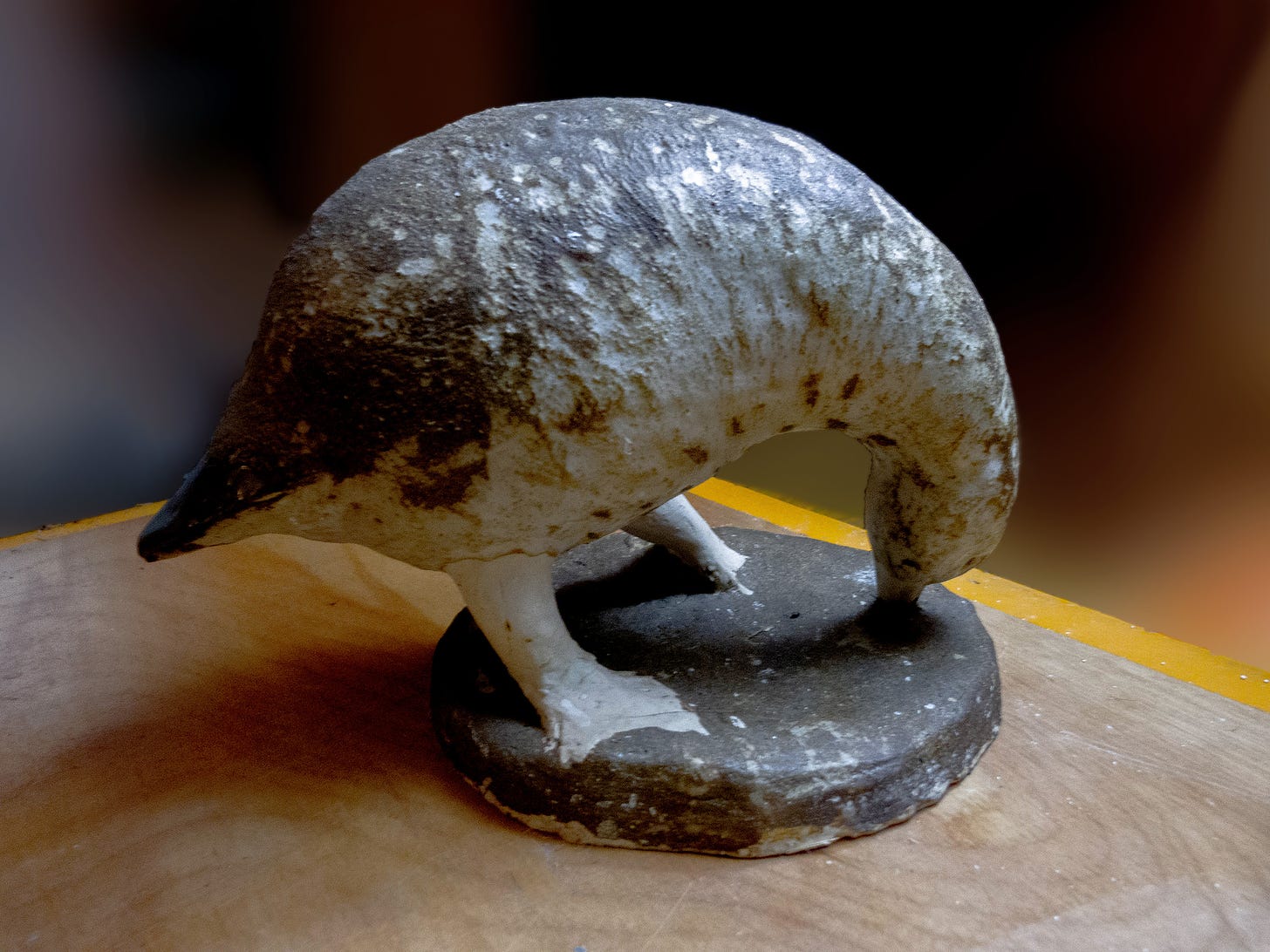
demonstrate that radical technological innovation is most effective when it is grounded in human-centered design Don’t Call it a Sabbatical! by Adam Huttler, CEO of Fractured Atlas Feb 22, 2017
So what does it mean to be “radical”? Here is the traditional definition from Meriam Webster
Definition of radical (Entry 2 of 2)
1a: a root part
b: a basic principle : FOUNDATION
: of or relating to the origin : FUNDAMENTAL
3a: very different from the usual or traditional : EXTREME
b: favoring extreme changes in existing views, habits, conditions, or institutions
c: associated with political views, practices, and policies of extreme change
d: advocating extreme measures to retain or restore a political state of affairs the radical right
What Andersen Design did that was as radical in the 1950s as it is today was to use production as an artform and within that context Andersen Design was also a technological innovator, designing our own ceramic bodies and glazes.
But let’s face it, It doesn’t mean that in the Fractured Atlas NewSpeak dictionary- there it just means new tech (or where the money is)
Definition of radical (Fractured Atlas NewSpeak Dictionary)
1a: new technology
b: a basic principle: attracts investors
: of or relating to the origin: grid capitalism
3a: very different from the usual or traditional: replaces pre-existing culture
b: favoring extreme changes in existing views, habits, conditions, or institutions
c: associated with political views, practices, and policies of extreme change
Andersen Design created a national and international wholesale and retail marketing system in niche markets. It is unfortunate that as we grew at our own pace, the town of Boothbay would not allow us to expand on our land. Understanding the nature of our work process, I am certain we would still have our home and our production if the expanded production had been located in close proximity to our home.
Instead, ordinances were instituted in the Town of Boothbay designed to stop businesses like Andersen Design from ever happening again. Reading the ordinances one might think that Andersen Design was the specific target. The ordinances reflect a larger social attitude, directed at all grassroots entrepreneurs, going through all of contemporary society from top to bottom. It’s time for that to change.
Fractured Atlas slandered the brand of Andersen Design when it rejected our application with no appeal process. The board is as isolated from the applicant as Putin is from everyone. How is a wall between the deciders and the applicants “grounded in human-centered design “? The applicants do not even have a human presence as far as the remote board is concerned.
After asserting that our process was only about the money the board said we could apply for a museum or a school but as a school, we would be forbidden to teach others how to produce our line, except the board would allow us to teach the public how to make our original (proprietary) glazes and bodies. Sorry Fractured Atlas! No can do!
That’s how I arrived at the concept of an Andersen Design Museum, not as a sponsored project of Fractured Atlas but as a 501(3)(C) that can act as a fiscal sponsor for the grassroots free enterprise community of makers who started the whole capitalistic system at the beginning of human civilization.
Yes! At the root of wealth concentration and redistribution is wealth creation- and at the root of wealth creation is production! Wealth is created when someone produces something! Production is radical! And a production in or attached to the home is human-centered economic development design!
Supporting the grassroots entrepreneurial economy is radical! The Museum will create an organizational structure for social change. The hegemony controls most wealth concentration and redistribution in the world but niche funding markets do exist. Andersen Design built a business on niche markets. We can do this!
Regarding The Falcon Images:
I am maintaining airtable databases of the Andersen Design line, one is vintage work and the other is the general line. I up-loaded the product list and have been adding the images. I was adding photos to the falcon file and I saw the amazing variety in how the falcon, designed by Iain Andersen, was decorated.
Andersen Design has been creating nonfungible artwork since 1952 using a ceramic slip casting production process. We called it “one of a kind”, a natural outcome of the hand-made process, but in some pieces, the differences are more obvious than in others.
The home studio or small studio design process is a human-centered process which accounts for why the Andersen Design brand identifies with individuality.
My idea for the future of Andersen Design is a network of small independent studios. Our classic line is a bread and butter line. The repetitive processes are actually very good for both meditation and honing one’s skills. Particularly with original glazes and colors, one needs to use the materials on a daily basis to truly understand the qualities of application. Ceramics is the art of orchestrating interacting variables. There is no one set way of doing that. Different approaches create different results, a reason why ceramic making has fascinated humanity since the dawn of civilization. It’s humanistic!
